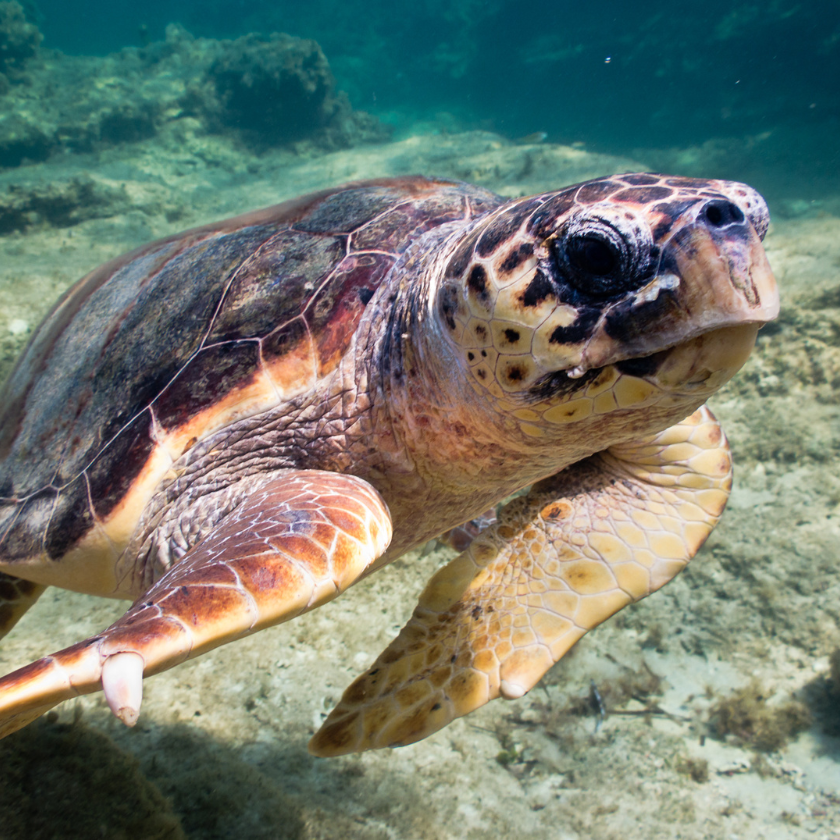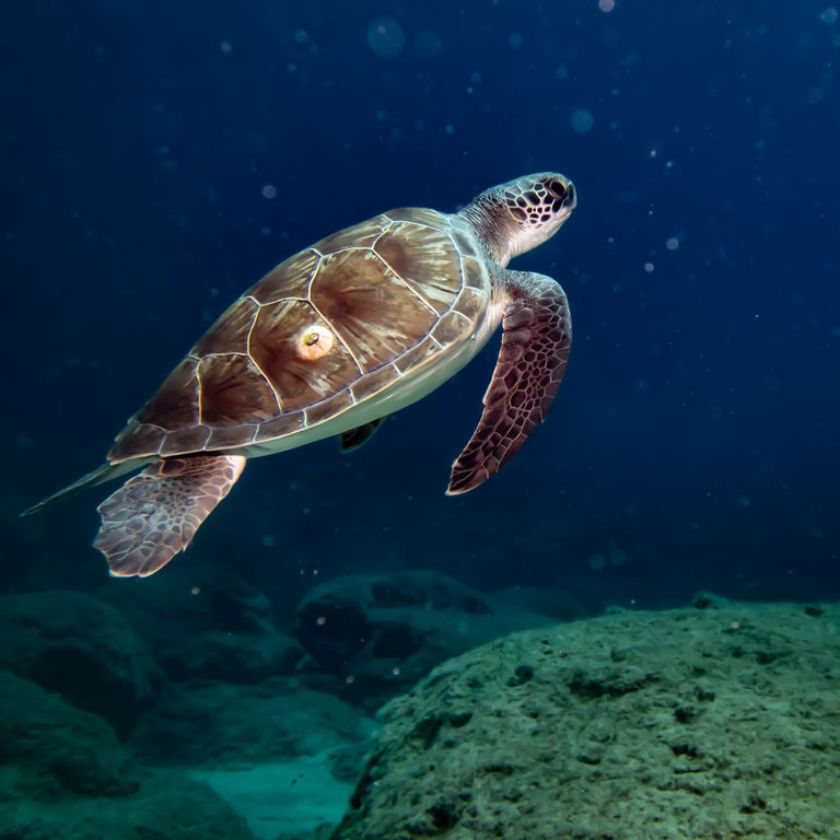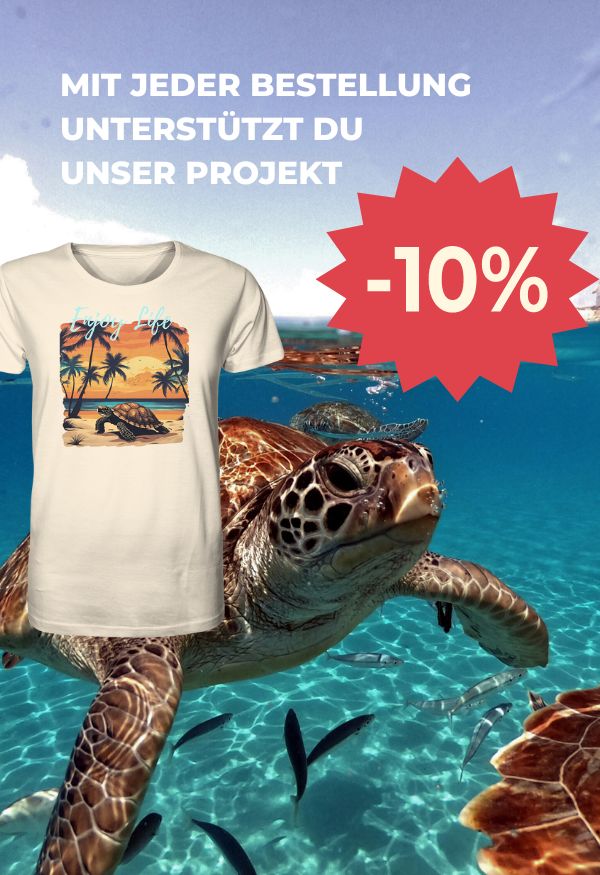Data is important
In order to protect sea turtles, it is extremely important to understand their behavior and how they react to changes.
How do we collect data?
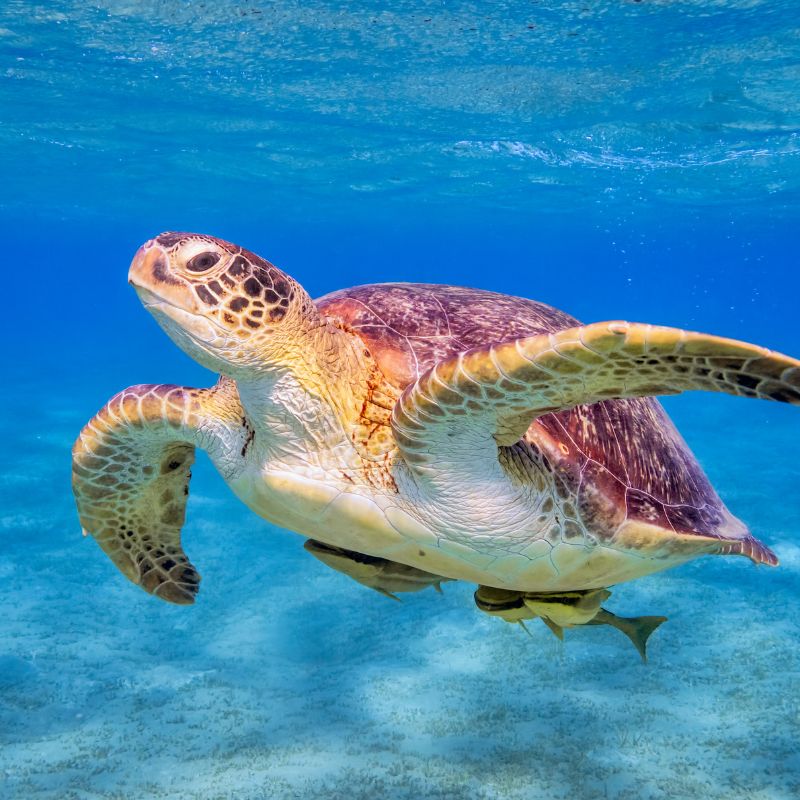
photos
On our dives and snorkeling trips we take photos of the sea turtles. We concentrate mainly on the right side of the head and the carapace. We take care to disturb the sea turtle as little as possible.
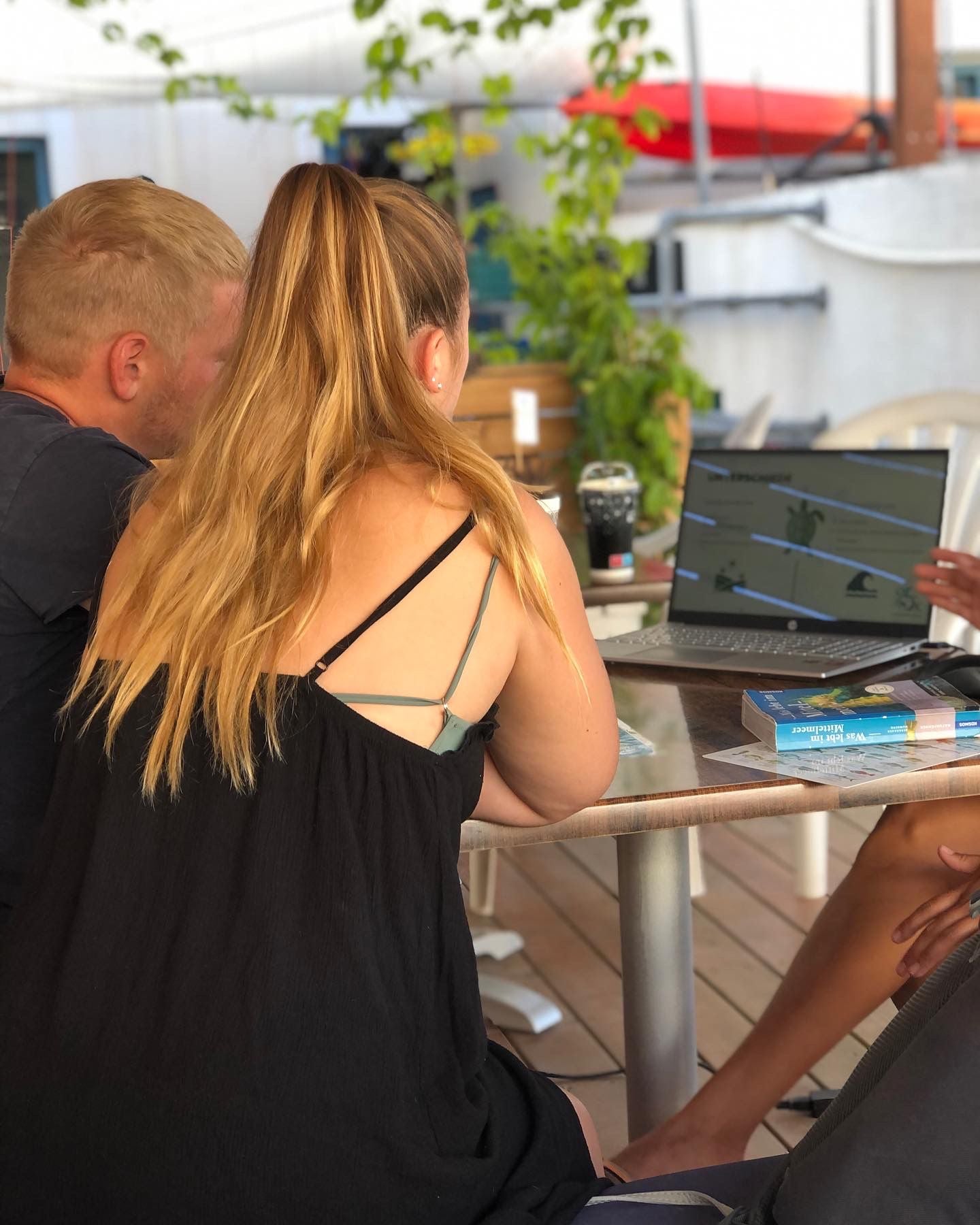
Upload
Back at the diving school, we then upload the photos to the wildbook database. Here we record as much data as possible. This includes information about the water depth of the sighting, the behavior of the sea turtle, human activities and the condition of the sea turtle.
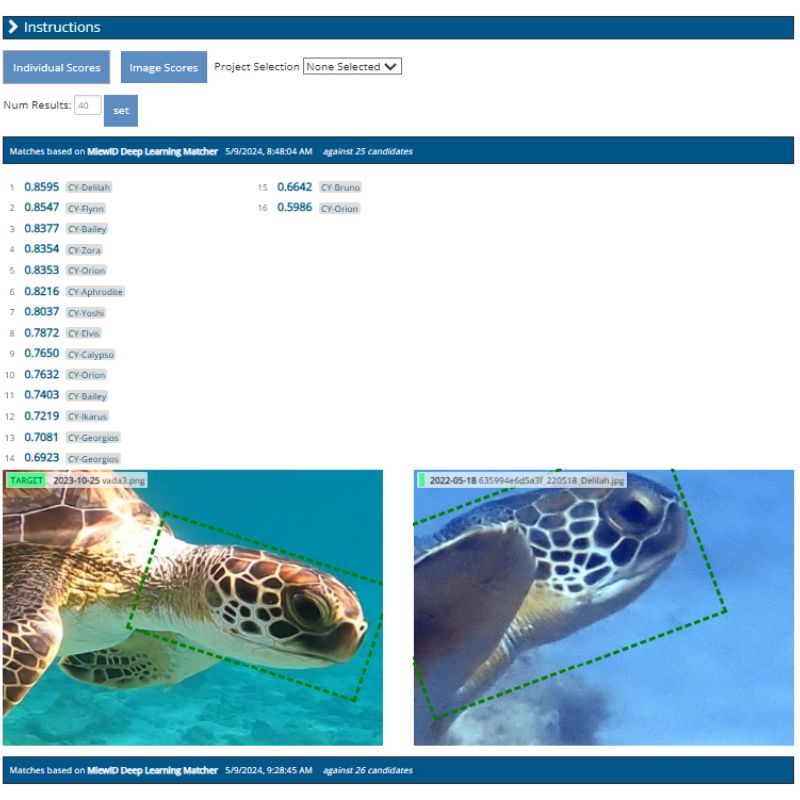
ID
Now the sea turtle's facial pattern is compared with the sea turtles already registered. We are supported in this by artificial intelligence. However, the effective identification is ultimately carried out manually by one of our sea turtle specialists
How does the identification process work
1. The sightings are collected by our Turtle Data Manager and uploaded to the database.
2. Our Turtle Data Managers make the initial identification of the sea turtles with the help of AI. Facial patterns are matched.
3. To keep errors to a minimum, all sightings are checked again by our Turtle Specialists after they have been identified by our Turtle Data Managers. Only then are the sightings confirmed.
Why photo ID?
During photo identification, photos are taken of the sea turtles. We focus primarily on the right and left sides of the head and the shell. The sea turtles have a unique pattern on the side of their heads, just like we humans have a unique fingerprint. This pattern enables us to clearly identify the sea turtles.
This method means we don't have to hold the sea turtles or even take them out of the water, which greatly reduces the stress on the animals. It is also important not to photograph the sea turtles with a flash in their eyes.
What happens to the data?
The data is used for internal evaluations, among other things. This involves analyzing how the behavior of the sea turtles changes, where they mainly stay and roughly how large the population is.
We expect to be able to provide the first reliable data in 2026.
Our data is also shared with the Department of Fisheries and Marine Research in Cyprus.
Our sea turtles
Get to know our sea turtles off the coast of Cyprus. Click on the picture to learn more about the last sighting and general information about the sea turtle.























